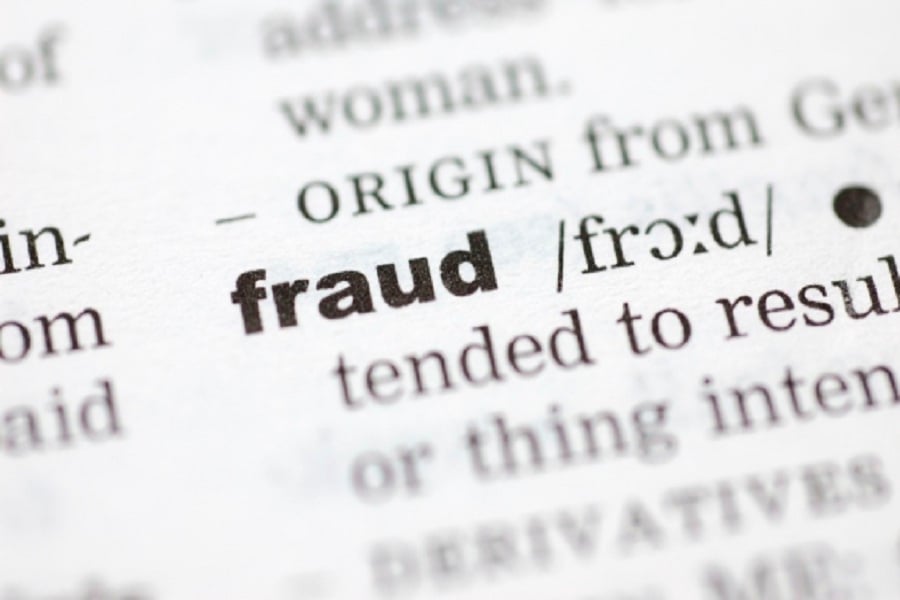

The cost of financial fraud is rising for U.S. investment firms and credit lenders and the wider financial services sector according to a new report.
Across the U.S. and Canada nearly two-thirds of financial firms report overall fraud increasing at least 6% in the prior 12 months and 79% of respondents said there is a negative impact of fraud on customer trust.
U.S. investment firms and credit lenders were more likely to face increase costs of fraud than the country’s banks and mortgage lenders, the LexisNexis Risk Solutions report reveals.
Digital channels are growing fast throughout financial services, and this means greater risk. These channels account for half of the overall fraud losses reported in the survey conducted by Forrester Consulting. Phone channels have also seen increased use by fraudsters, but since the pandemic, there has also been a rising level of frauds involving physical channels though.
Scams account for 35% of fraud losses in the region and despite efforts by FIs to educate clients on the risks. Synthetic identity fraud has surpassed third-party identity fraud as the most common type of fraud in the financial services sector. These frauds typically involve several pieces of identity data but not genuinely related to one single person.
"New forms of fraud elevate the risk of loss for both financial institutions and their customers," said Kimberly Sutherland, vice president, fraud and identity strategy, LexisNexis Risk Solutions. "Our study shows that organizations are facing challenges in combatting fraud from international transactions and scams, despite efforts to educate consumers. Across industries, geographies and customer journey stages, firms have implemented more advanced identity authentication and transaction verification solutions, especially behavioral intelligence, device identification, physical biometrics and browser tracking solutions. Firms using a multi-layered, risk-based solutions approach have a lower cost of fraud and fewer challenges across each customer journey stage."
The True Cost of Fraud Study: Financial Services and Lending says that protecting against fraud requires a coordinated effort including:

It's a showdown for the ages as wealth managers assess its impact on client portfolios.

CEO Ritik Malhotra is leveraging Savvy Wealth's Fidelity partnership in offers to Commonwealth advisors, alongside “Acquisition Relief Boxes” filled with cookies, brownies, and aspirin.

Fraud losses among Americans 60 and older surged 43 percent in 2024, led by investment schemes involving crypto and social manipulation.

The alternatives giant's new unit, led by a 17-year veteran, will tap into four areas worth an estimated $60 trillion.

"It's like a soap opera," says one senior industry executive.
RIAs face rising regulatory pressure in 2025. Forward-looking firms are responding with embedded technology, not more paperwork.
As inheritances are set to reshape client portfolios and next-gen heirs demand digital-first experiences, firms are retooling their wealth tech stacks and succession models in real time.
